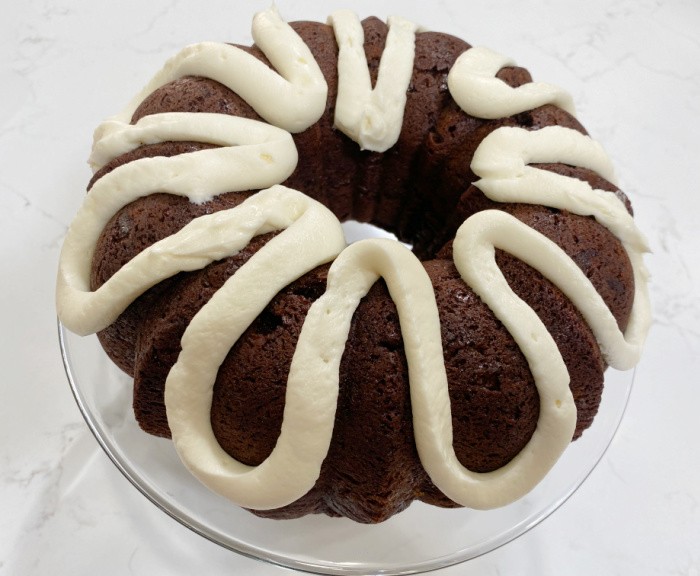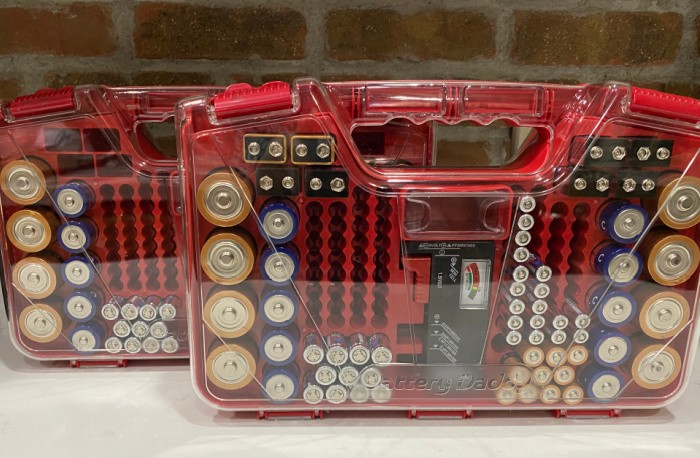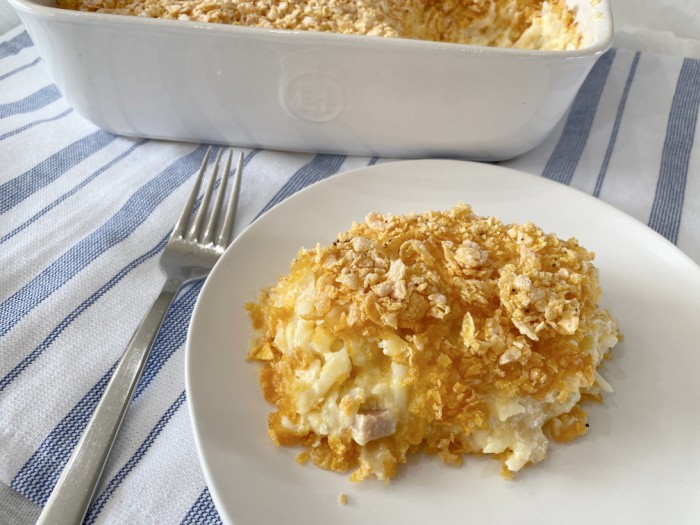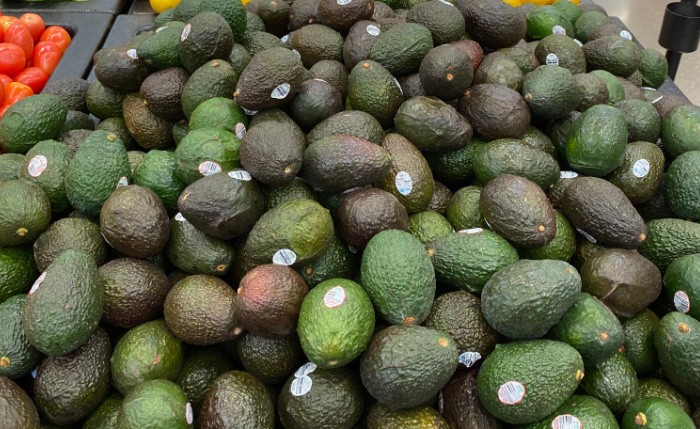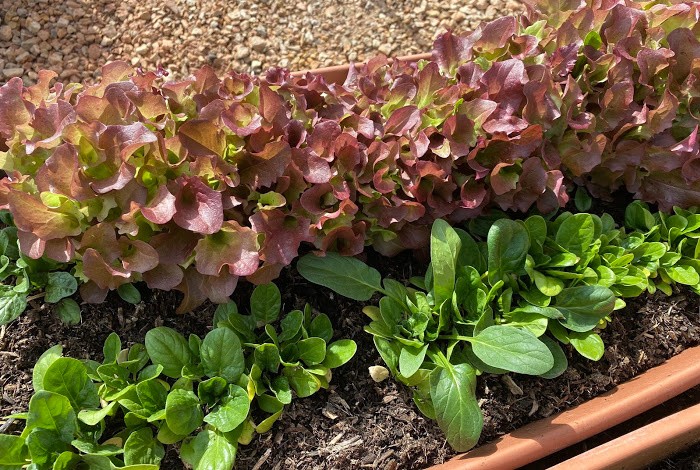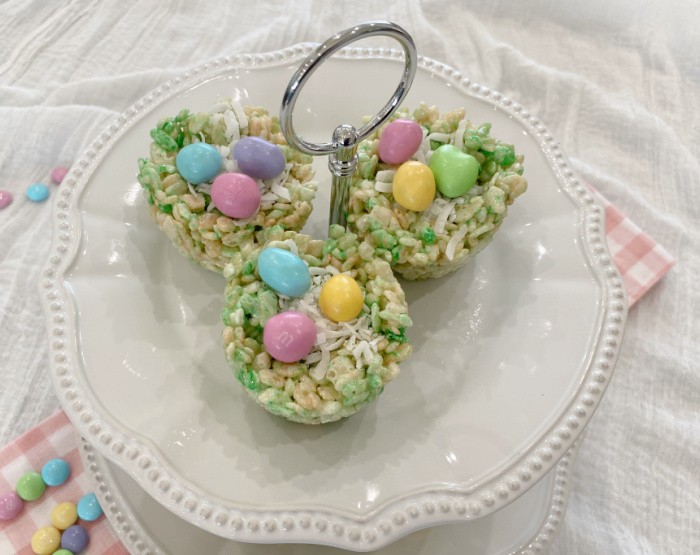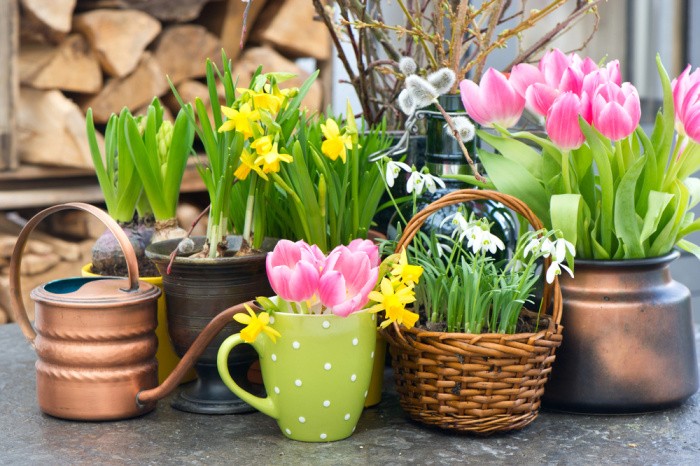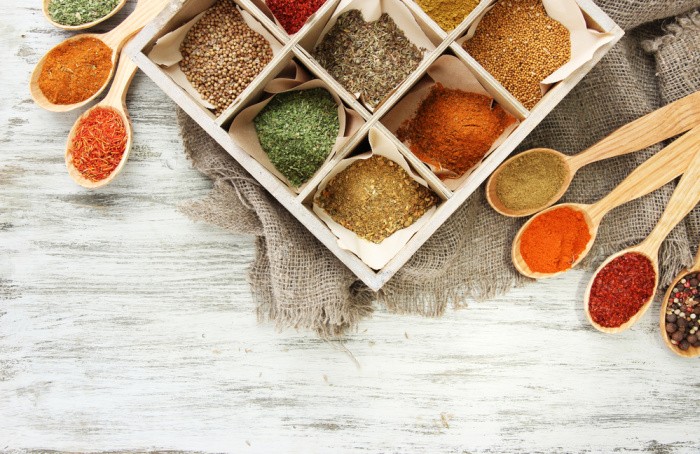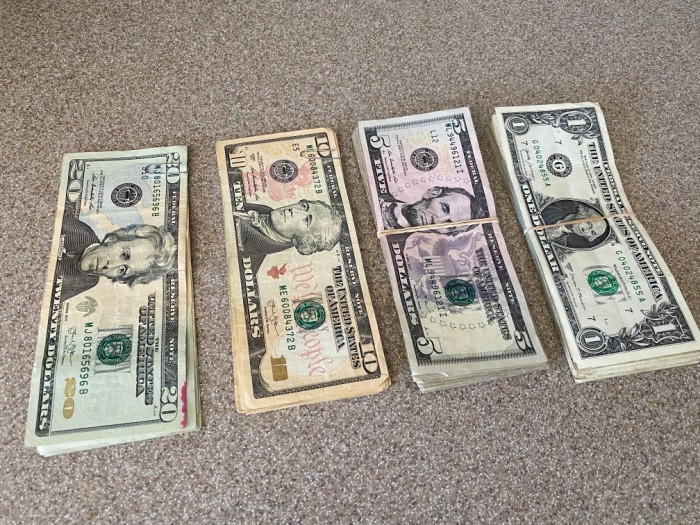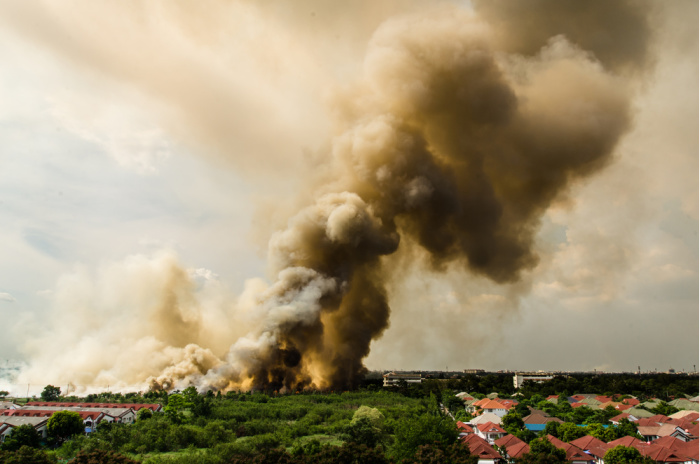Water And Water Preservation
It is vital to have water storage to sustain life. Many times in natural disasters the electricity goes down and we are unable to access water via our hoses, taps, etc. Sometimes the water is contaminated from flooding and cross-contamination from sewage. You will need water for a minimum of three days. If we don’t have water, we will not be able to use many of the freeze dried or dehydrated food we need to eat every day. Some hoses have lead in them; use a lead-free hose to fill containers. There are numerous containers available in which to store water; use a container that works for you and your family.
Minimum water needed per day:
- 1 gallon per day per person to stay hydrated. If you live in a HOT area you might need more.
- 4 gallons per day, per person allows for personal hygiene, washing of dishes, etc.
- 5 to12 gallons per day would be needed for a conventional toilet
- 1/2 to two gallons for a pour flush latrine.
Boiling water for use:
- Boil filtered and settled water vigorously for one minute (at altitudes above one mile, boil for three minutes).
- To improve the flat taste of boiled water, aerate it by pouring it back and forth from one container to another and allow it to stand for a few hours, or add a pinch of salt for each quart or liter of water boiled.
Bleaching/purifying water:
- Information from Clorox: When boiling water for 1 minute is not possible in an emergency situation, you can disinfect your drinking water with Clorox®Regular-Bleach as follows:
- Remove suspended particles by filtering or letting particles settle to the bottom.
- Pour off clear water into a clean container.
- Add 8 drops of Clorox® Regular-Bleach (not scented or Clorox® Plus® bleaches) to one gallon of water (2 drops to 1 quart). For cloudy water, use 16 drops per gallon of water (4 drops to 1 quart).
- Allow the treated water to stand for 30 minutes. Water should have a slight bleach odor. If not, repeat and wait another 15 minutes. The treated water can then be made palatable by pouring it between clean containers several times.
- Water Preserver is recommended by Top Emergency Professionals
- It is approved by the EPA
- According to the instructions you can Purify 12,000 gallons before replacing the Elements.
- It stands about 8.5″ Deep X 19.25″ High (13″ when nestled for storage)
- It is made of stainless steel and can purify approximately 190 gallons a day
Sport Berkey Portable Water Purifier:
Berkey GSPRT Generic 22-Ounce Water Filter Sports Bottle
- Size of a water bottle (great for 72-hour kit):
- The Sport Berkey has a 50 year shelf life. Refill Capacity:
- Water from any source: 160 refills
- Water from Municipal Water: 640 refills
- Dimensions: 9″ X 18″ X 6″
- Each container holds 3.5 gallons
- These are stackable; 16 will fit under a queen-sized bed (56 gallons total)
- They stack/interlock for easy storage as well, yet you can easily grab one and go.
- Add ½ teaspoon of Water Preserver to store for five years; change water every five years.
Emergency Purified Drinking Water:
Datrex Emergency Survival Water Pouch (Pack of 64), 125ml
- This is an envelope size “bag” of water that lasts 5 years. It’s a perfect size for 72-hour kits.
- These are U.S. Coast Guard approved and have a little over 4 oz. in them.
Canned Emergency Drinking Water:
-
- Comes in a can and has a shelf life of 30 years
- This water will survive severe conditions of extreme cold and intense heat for 30+ years
- For complete details of testing and processing information go to: www.worldgrocer.com
Blue Cans-50 year shelf life:
Blue Can – Premium Emergency Drinking Water
This is one of my favorite ways to purchase water for an emergency or disaster. I store these in my car as well. I am buying cases of these a little at a time for my daughters. They fit nicely under beds and in closets. I love these!
- 50 Year Shelf Life
- 12 oz of water per can, 24 cans per case
- 2.25 gallons of water per case
- Hermetically sealed water purified with 12 step filtration, reverse osmosis, UV light treatment
- Eco-Friendly Packaging


